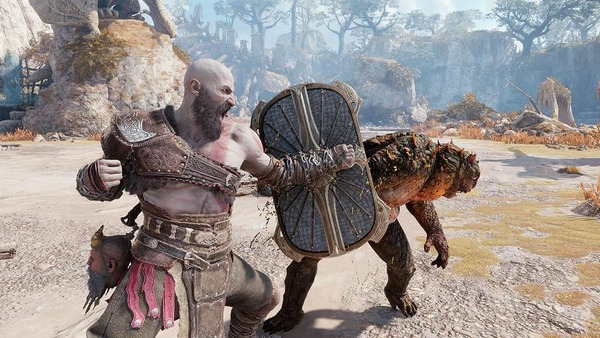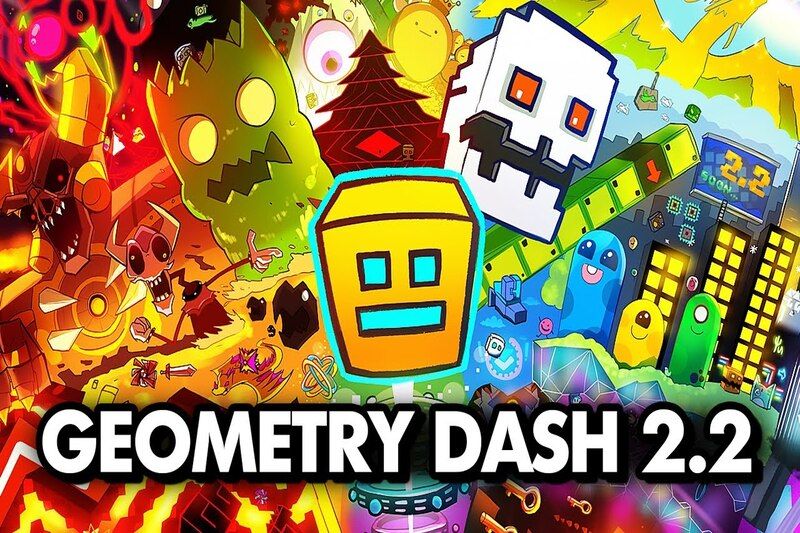Popular Now
Introduction
Gacha Club, developed by Lunime, is widely recognized for its versatile character creation system, offering thousands of assets including hairstyles, outfits, accessories, poses, and backgrounds. It empowers users to express themselves through intricate storytelling and unique character designs. However, despite this creative potential, many users – especially content creators who make Gacha stories, videos, and fan animations – often encounter a major technical hurdle: the game's fixed layering system and frequent asset conflicts. These limitations, while subtle at first glance, can severely restrict creativity when users attempt complex designs or cinematic compositions.
In this article, we delve deep into this issue by exploring the origins, mechanics, user reactions, and community workarounds tied to layering restrictions in Gacha Club. We will examine how these problems affect both casual users and professional content creators, and explore potential solutions the developers or modders might consider.
1. Origins of the Layering System in Gacha Club
When Gacha Club was released in 2020, it introduced an upgraded character creation engine compared to its predecessor, Gacha Life. To streamline asset rendering and maintain performance on mobile devices, Lunime implemented a pre-defined layering system – where certain items (like hair, accessories, or clothing) would always appear either in front of or behind others based on hardcoded rules.
This made sense technically: with over 600 customizable slots, performance and memory issues would become unmanageable without fixed priorities. However, this foundation planted the seeds for future frustration. For example, back hair would always layer behind capes, while front hair couldn’t be placed behind the face, even if the visual logic demanded it.
Technical reasoning behind fixed layering
The decision was partly motivated by optimization. Since Gacha Club is designed for a wide range of devices, from older Android phones to newer tablets, fixed layering minimizes the chance of crashes or graphical bugs. However, the lack of flexibility also stripped creators of deeper visual control.

2. How Layering Affects Character Design
Layering impacts how accessories and character parts interact on-screen. While users can position elements like hats, wings, or swords using x/y offset values, these elements are still bound to their designated layer. For example, a hair strand may always overlap a shoulder accessory, no matter how you reposition it.
This leads to a disjointed appearance for complex characters. A knight with a sword strapped to their back may find that the sword overlays the cape awkwardly. A character with long bangs and glasses may see the glasses unnaturally sit behind the hair. This undermines the realism and aesthetic cohesion of characters.
Common frustrations in the community
-
Glasses under hair instead of on top
-
Hats being obscured by front hairstyles
-
Capes covering wings or weapons inconsistently
-
Face accessories not appearing properly due to facial hair or blush layers
3. Asset Conflicts: When Design Becomes a Puzzle
In addition to layering issues, asset conflicts are a recurring problem. Gacha Club has a wide range of clothing parts, but many of them aren’t designed to work well together. For example, certain shirts may not match up with specific pants or sleeves due to shape mismatches or color inconsistencies.
When users attempt to combine several assets creatively, they often find that the pieces do not align or clip through each other. This becomes especially problematic when designing multi-layered outfits such as armor, gowns, or futuristic suits.
Examples of asset conflicts
-
Sleeve designs cutting into gloves or arm accessories
-
Hats clashing with hairstyles that have large bangs or buns
-
Belts and waist accessories not aligning with dresses
-
Scarves overlapping mouth expressions unnaturally
4. The Impact on Gacha Storytelling and Cinematic Scenes
For users who use Gacha Club to create animated stories or comics (Gacha stories), these limitations become even more pronounced. Storytelling often relies on precise visual storytelling cues – emotional expression, costume consistency, and believable staging. Layering problems can disrupt the immersion, leading to awkward visuals that detract from emotional impact.
Creative compromises and lost potential
Writers and visual storytellers often have to rewrite scenes or alter character designs to work around visual bugs. For example, a scene involving a romantic moment in the rain may need a character’s umbrella removed because it layers incorrectly with their hair or outfit. These compromises diminish the narrative possibilities that Gacha Club otherwise offers.
5. Modding as a Response to Layering Limitations
As frustration with asset limitations grew, the modding community began to offer solutions. Popular Gacha Club mods like Gacha Neon, Gacha Redux, and Gacha Ultra began to emerge, offering layer adjustment features and expanded asset compatibility.
These mods allow users to manually reorder layers, fix specific asset clashes, and even import custom layers. While unofficial and sometimes unstable, they have become essential tools for advanced creators seeking true artistic freedom.
Risks of modding
While mods unlock more customization, they also carry risks:
-
Crashes and data loss
-
Compatibility issues with official updates
-
Potential for malware in unofficial downloads
6. Developer Response and Limitations
Lunime has acknowledged layering issues in past community updates and FAQs, but due to engine limitations (Gacha Club is made in Unity), the development team has not provided a native fix. The small size of the development team and the scope of the game also limit how much ongoing support can be provided.
Although fans have suggested adding a "custom layer order" feature or toggles for specific items, no major updates have introduced such functionality as of 2025. Instead, Lunime focuses more on new titles like Gacha Club 2 and Gacha Life 2.
7. Workarounds and Community Techniques
Despite limitations, many experienced Gacha creators have devised clever workarounds using in-game tools like:
-
Cloning characters and using background characters to simulate layering
-
Using props creatively (e.g., masks for capes, objects for weapons)
-
Editing screenshots in external programs like Ibis Paint or Photoshop
These techniques require more effort but allow users to bypass the system’s constraints. Some Gacha content creators on YouTube even offer tutorials for how to "fake" depth or achieve desired visuals without mods.

8. Case Study: A Gacha Club Story Affected by Layering
Consider a short story series titled Chronicles of Astra, a fantasy-themed Gacha story made by an independent creator. The story features armored warriors, magical creatures, and emotional flashbacks. During production, the creator struggled with:
-
Hair covering masks
-
Shoulder armor hiding under cloaks
-
Wing accessories clipping through helmets
The creator ended up redesigning several characters to avoid layering issues and spent hours manually editing screenshots to preserve visual continuity. This highlights how technical limitations can fundamentally alter a creator’s original vision.
9. The Psychological Effect on Creators
Constantly working around layering issues can lead to creative fatigue. Many users report feeling discouraged or abandoning projects after becoming overwhelmed by design compromises. This affects the overall health of the Gacha Club community and may deter talented individuals from pushing the platform’s boundaries.
Statements from the community
-
"I had to remove my favorite outfit because the layers wouldn’t work."
-
"I love Gacha Club, but sometimes it feels like I'm fighting the engine instead of creating."
This mental friction is not always visible but has a measurable impact on content quality and creator longevity.
10. Potential Solutions and the Future of Layering in Gacha Games
Looking ahead, layering freedom could be improved in future releases. Suggested solutions include:
-
Layer priority sliders for each asset
-
Custom layering presets
-
Smart asset detection (warning users when items conflict)
-
Community asset creation tools with real-time testing
If Lunime or modding teams can incorporate these features in Gacha Club 2 or upcoming releases, the game could evolve from a mobile creation tool into a professional-grade storytelling platform.
A hopeful outlook
Despite the technical setbacks, the community remains vibrant. The creativity, patience, and innovation shown by players prove that Gacha Club's spirit isn't bound by layers – only temporarily restricted by them.
Conclusion
The layering and asset conflict issues in Gacha Club may seem like minor inconveniences at first, but for serious creators, they become significant obstacles to expression. These technical limitations hinder the potential of a platform that otherwise empowers limitless creativity. Through mods, workarounds, and community support, players continue to create stunning content – but the need for official improvements remains clear. As Gacha Club evolves, so too should the tools that support its imaginative community. The hope is that future iterations of the game will offer deeper control, enabling every creator to tell their story exactly the way they envision it – without compromise.

















